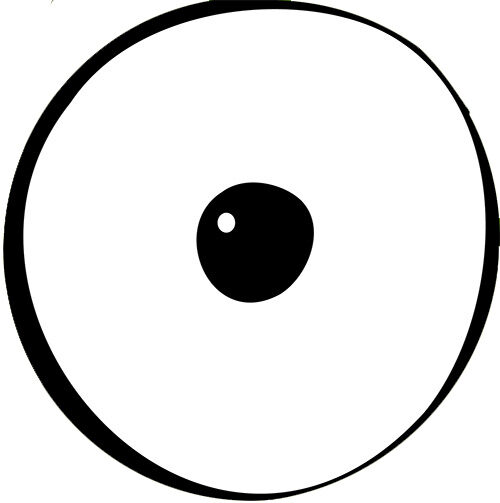Developing Drawing Skills: Understanding Symbols and Embracing Shadow and Light
“Drawing #8: Memory Portrait from Image
Choose an image of anyone, whether a famous figure or a family member. Opt for a well-lit photograph, if possible. Engage in a three-minute focused observation of the image, taking in every intricate detail. Once the time is up, set the photo aside and proceed to draw the person solely from your memory. Allocate 20 minutes for this task. Let’s begin the artistic journey.”

STOP! Please complete Drawing #8 before proceeding any further.
In our modern world, symbols play a significant role in our daily lives. Often, we react to them instinctively, even without conscious thought. For instance, a universally recognized red octagonal sign conveys the simple command “Stop!” Basic symbols guide us to elevators or indicate the direction to run in case of fire. Among the various types of symbols, pictograms are commonly encountered in our everyday experiences.

While symbols like pictograms are effective in conveying basic messages, they can pose challenges when it comes to drawing. Here’s a crucial concept to remember throughout this course: to truly learn how to draw, you must shift your mindset from focusing on what the subject “is” to viewing it as a complex puzzle of shapes, shadows, and lines. For example, when drawing an elephant, don’t see the trunk merely as a trunk; instead, perceive it as an abstract combination of shadows and lines. This shift in perspective allows you to develop the ability to “see” like an artist. Embracing this approach is key to honing your drawing skills.

Let’s examine an example of a student’s work who also completed the “Drawing from Memory” assignment. The first image showcases the original reference image that the student used as a basis for their drawing.

In the memory drawing, we can observe how the student interpreted and represented certain facial features. It is crucial to identify these symbols used for “eyes” and “nose” to prevent them from appearing unintentionally. Each individual tends to rely on specific symbols when constructing drawings, particularly portraits. These symbols can be advantageous later on, so we don’t want to discard them entirely. However, at this stage, we need to recognize our drawing habits and the symbols we frequently employ. This way, we can move away from using symbolic representations for “eyes” and “noses” and instead focus on observing and depicting the shadow shapes that create the illusion of these features.
Drawing #9 – “Drawing A Portrait from a Photo” (Sideways)
For this drawing, you will be recreating a portrait based on the image you memorized in your first drawing. But, as always, there’s a twist. To challenge your brain’s tendency to label everything, you will be drawing the portrait sideways. No, you don’t have to physically invert yourself; simply rotate the image on its side (refer to the example below). As for shading, you will be using simple left-to-right marks. Imagine your pencil moving like a printer, leaving a mark from left to right whenever it encounters a shadowed area. And yes, you are allowed to refer to the source image.

You can make some minor adjustments by adding a few directional lines, but try to maintain consistency with the overall direction of your marks. You have up to an hour to complete this drawing, so take your time and focus on the details. Once you’re done, compare the two drawings side by side, and you’ll easily notice the symbols you tend to rely on. Now that these symbols have been identified, we can set them aside for now. While they may have some use in the future, they are often remnants of outdated advice you received when you were younger. It’s time to let go of those symbols and move forward in your learning journey. You still have so much to explore about form, line, value, shape, space, texture, and color. Your old symbols are unlikely to be of much help, and in fact, they often hinder the progress of more experienced students. Focus on developing your ability to perceive and depict shadow and light shapes instead.
Join us at OKO Academy in Prague, Czech Republic, and embark on a transformative journey to enhance your drawing skills. Our comprehensive lessons on understanding symbols, embracing shadow and light, and honing your artistic perception will empower you to create stunning and expressive artwork. Experience the vibrant artistic community of Prague while receiving expert guidance from our experienced instructors. Whether you’re a beginner or an experienced artist looking to refine your craft, OKO Academy provides a supportive and inspiring environment for your artistic growth. Enroll today and unlock your true artistic potential in the heart of Prague.

